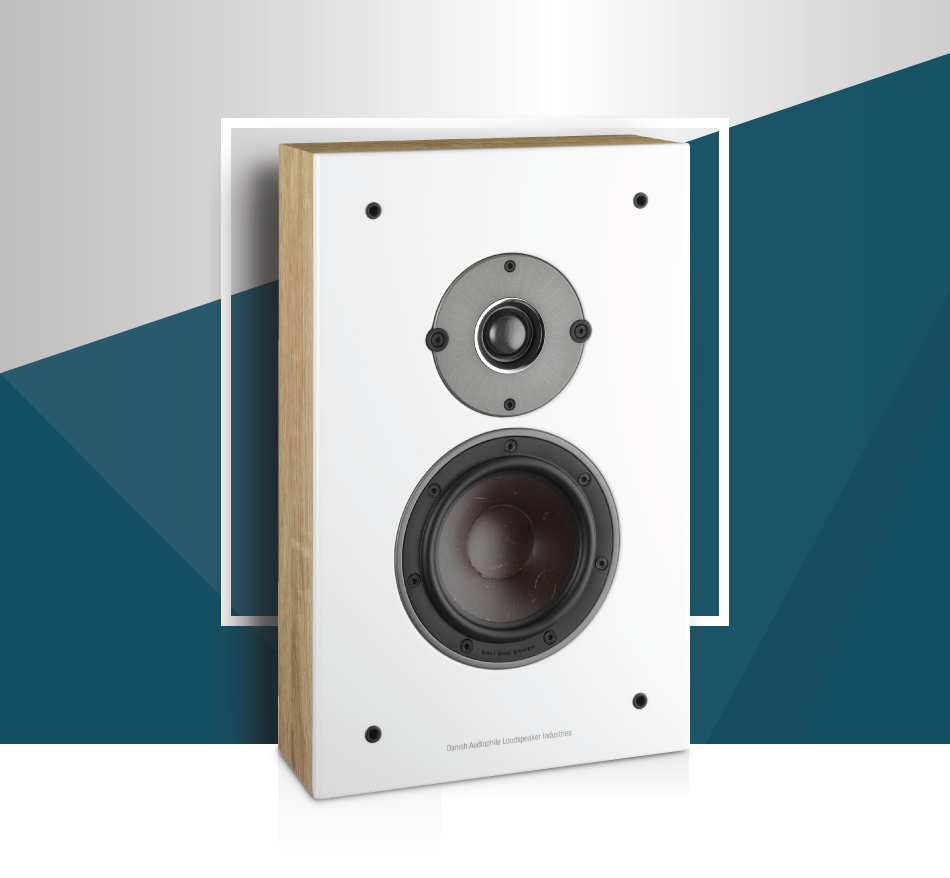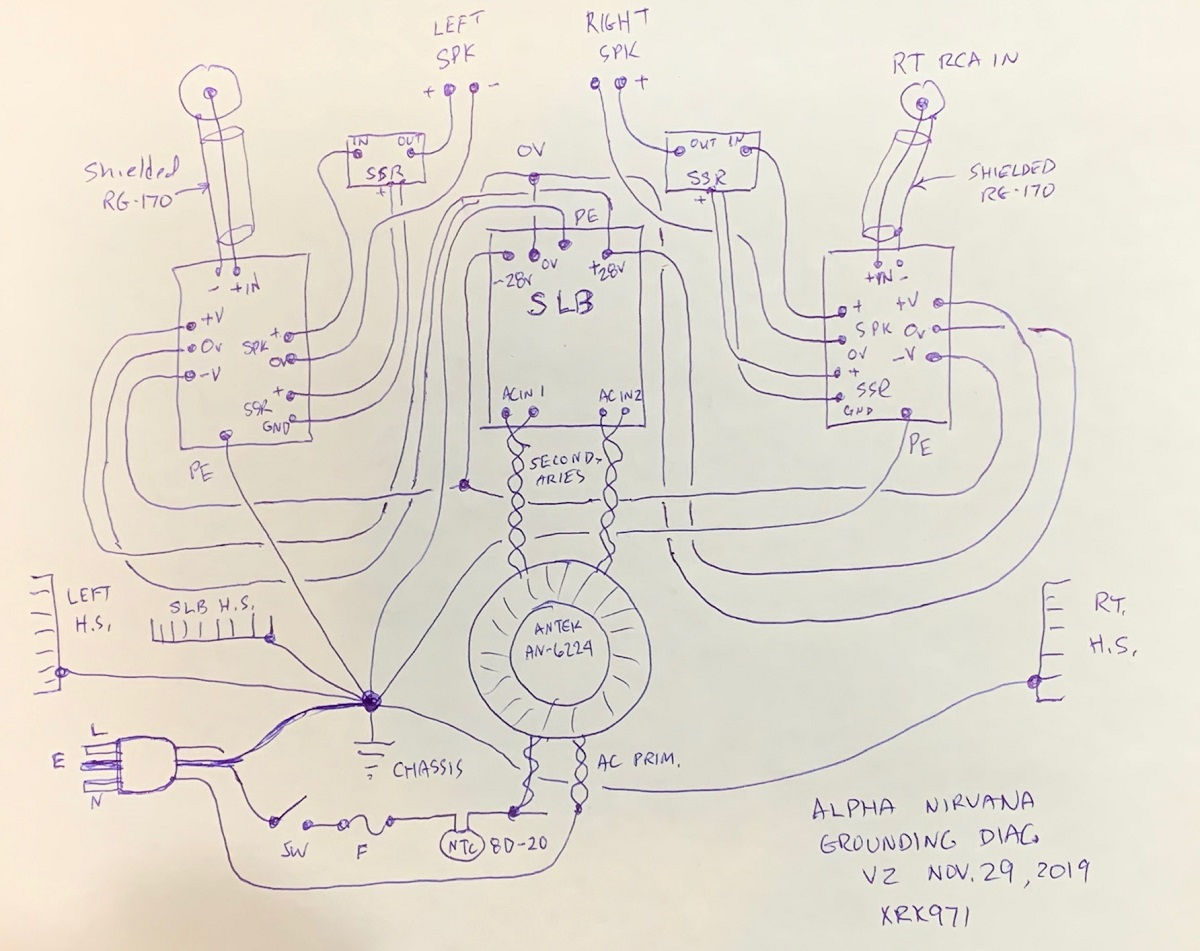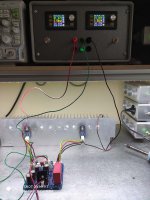Hi Thompsontechs & Vunce,
Let me point out that I am just angry with myself for being sloppy and no one else.
On a brighter note I just soldered my first 8 SMDs on the snubbers! Not as bad as I thought.
Let me point out that I am just angry with myself for being sloppy and no one else.
On a brighter note I just soldered my first 8 SMDs on the snubbers! Not as bad as I thought.
@Jac
The written word can be tricky. When I was doing websites, I would type something and read it with others in mind. What you mean and what other's take away is often not the same. Let's write this one off to frustration.
Last time I did SMD the 2 for Melbourne, it took me 4 parts to do the 2. You talk about frustration. It was the first time, and I learned some things that will help in the future. The first will be to order double what I need, most of those parts are cheap and having to wait and pay more shipping because one hit the floor... grrrr. I also soldered one that was a little high on one side and made the mistake of pushing it flush.... yup, pop off came the contact from the soldered end. ~sigh~
The written word can be tricky. When I was doing websites, I would type something and read it with others in mind. What you mean and what other's take away is often not the same. Let's write this one off to frustration.
Last time I did SMD the 2 for Melbourne, it took me 4 parts to do the 2. You talk about frustration. It was the first time, and I learned some things that will help in the future. The first will be to order double what I need, most of those parts are cheap and having to wait and pay more shipping because one hit the floor... grrrr. I also soldered one that was a little high on one side and made the mistake of pushing it flush.... yup, pop off came the contact from the soldered end. ~sigh~
Hi Thompsontechs,
I certainly didn't mean to offend anyone! A literal translation in my mother tongue did not sound that bad...
For SMD soldering I did the following since I don't have a hot gun. First a tiny drop of solder on one of the pcb contacts then moving slowly the SMD flush into place with a dentist forceps while heating the drop. The second contact is easier. I work with a third hand magnifier.
I certainly didn't mean to offend anyone! A literal translation in my mother tongue did not sound that bad...
For SMD soldering I did the following since I don't have a hot gun. First a tiny drop of solder on one of the pcb contacts then moving slowly the SMD flush into place with a dentist forceps while heating the drop. The second contact is easier. I work with a third hand magnifier.
Hi Thompsontechs,
I certainly didn't mean to offend anyone! A literal translation in my mother tongue did not sound that bad...
For SMD soldering I did the following since I don't have a hot gun. First a tiny drop of solder on one of the pcb contacts then moving slowly the SMD flush into place with a dentist forceps while heating the drop. The second contact is easier. I work with a third hand magnifier.
That's pretty much where I went at the end... the only issue there is I think we might want a little external flux as it tends to burn off quick and then you don't get good flow... at least that's what I saw, some of mine aren't cold, but not real bright either.
There;s a good tutorial on SMD work floating around here somewhere too.
Hi everyone, I'm interested in building the amp, and would like to pair it with some Dali Oberon wall mount speakers as I've not got a great deal of space. The speakers have a power rating of 25-100 watts and nominal impedance of 6ohms. Would I be better building building the 4 ohm version of the amp or the 8 ohm version. Any advice would be gladly received.
I think the 8ohm version should handle 6ohm speakers just fine as long as they don’t have dips down to 4ohms. Do you know where we can find an impedance plot? If you are unsure, the 4ohm is the safer way to go.
Is this the speaker?
DALI OBERON ON-WALL - Slim, discreet and surprisingly powerful on-wall speaker

I recall Maty Tinman’s eternal dilemma are his beloved KEFs rated for 8ohms but dipping down to 5ohms.
But even that is not a problem unless you are playing music that needs the full headroom of 40w.
Is this the speaker?
DALI OBERON ON-WALL - Slim, discreet and surprisingly powerful on-wall speaker

I recall Maty Tinman’s eternal dilemma are his beloved KEFs rated for 8ohms but dipping down to 5ohms.
But even that is not a problem unless you are playing music that needs the full headroom of 40w.
Last edited:
Yes, sorry Jacques -the starting point for my BoMs was the original BoM which, because of the PCB layout software used by JPS64, did not include any components on the 4 subsidiary PCBs (including the output MOSFETs).
Nor, of course, SLB PSs or the spkr protection boards.
Andy
Nor, of course, SLB PSs or the spkr protection boards.
Andy
KEF Q100 and KEF LS50 have 3.9 Ohms as minimum impedance. With impedance and phase graphs, maybe Q100 is nominal 5 Ohms (official, like LS50, is 8 Ohms 🙁 ).
And worse, I listening to very good recordings with a lot of tracks with DR15 or more -> I need more watts at 4 - 5 Ohms.
Modern commercial recordings, usually have DR < or << 10 dB -> they need much less watts to obtain the same SPL max.
Pro-Audio and Lighting Calculators : dBs, time, Hz, DMX ...
Yesterday I made the calcs with speaker of true 88 dB sensitivity, GR-Research Studio Monitor.
Tyson's Studio Monitor Review and Tyson's Studio Monitor Review
And worse, I listening to very good recordings with a lot of tracks with DR15 or more -> I need more watts at 4 - 5 Ohms.
Modern commercial recordings, usually have DR < or << 10 dB -> they need much less watts to obtain the same SPL max.
Pro-Audio and Lighting Calculators : dBs, time, Hz, DMX ...
Yesterday I made the calcs with speaker of true 88 dB sensitivity, GR-Research Studio Monitor.
Tyson's Studio Monitor Review and Tyson's Studio Monitor Review
Last edited:
I have GR Research XL-S speakers and they are nice. I could not find any “studio monitors” on the GRR website. I see them on the Tysen review what looks like AMT tweeters and a 6.5in mid bass/woofer? It would be interesting to see what one could do to mod a set of $43 Dayton bookshelf speakers (with AMT tweeters) to see how good it could sound.
Probably bracing, more polyfill damping, butyl damping sheets, eggcrate foam, upgraded cap on tweeter and add inductor for woofer as I think they let it run fullrange. Actually do full measurements and design a better crossover from scratch. Of course keeping in mind the most bang for the buck.
It might sound quite nice.
Dayton Audio B652-AIR 6-1/2" 2-Way Bookshelf Speaker with AMT Tweeter Pair
Probably bracing, more polyfill damping, butyl damping sheets, eggcrate foam, upgraded cap on tweeter and add inductor for woofer as I think they let it run fullrange. Actually do full measurements and design a better crossover from scratch. Of course keeping in mind the most bang for the buck.
It might sound quite nice.
Dayton Audio B652-AIR 6-1/2" 2-Way Bookshelf Speaker with AMT Tweeter Pair
Last edited:
I think the 8ohm version should handle 6ohm speakers just fine as long as they don’t have dips down to 4ohms. Do you know where we can find an impedance plot? If you are unsure, the 4ohm is the safer way to go.
Is this the speaker?
DALI OBERON ON-WALL - Slim, discreet and surprisingly powerful on-wall speaker

I recall Maty Tinman’s eternal dilemma are his beloved KEFs rated for 8ohms but dipping down to 5ohms.
But even that is not a problem unless you are playing music that needs the full headroom of 40w.
Hi xkr,
Those are the speakers I was interested in, I've never tried Dali speakers before, but I've got a Dali Katch bluetooth speaker and that sounds absolutely gorgeous, despite its small size.
I've had a look around for an impedance plot with no luck, will probably go with the 4 ohm option and build the amp as monoblocks. I was thinking along the lines on using one of the larger 5U 400mm deep cases, which I should be able to get a pair of amp boards and SLB boards in, although for best performance should monoblocks be built in totally seperate cases.
Same chassis is fine. Just make sure the only common ground connection point is the SLB PSU protective earth through the NTC to the chassis/mains earth ground, and the similar PE on the amp boards themselves should go to same chassis grounding point.
Follow this, but each amp has own SLB instead of a parallel connection at DC power outs.

Follow this, but each amp has own SLB instead of a parallel connection at DC power outs.
@jaq,
I used the same 5u 400mm chassis for the verification build. It works great handling the heat created and and has plenty of room for a dual mono build.
(two SLB’s & two 300va trafos)
I used the same 5u 400mm chassis for the verification build. It works great handling the heat created and and has plenty of room for a dual mono build.
(two SLB’s & two 300va trafos)
@xrk and @Vunce,
Thanks for the replies, just a quick question, am I right in thinking the VA rating for the transformer is the same for the 8ohm version but you drop the secondary voltage down to around 18VAC.
It's going to be an interesting build, with the Dali speakers, your amp and almost certainly an Raspberry Pi and the fifo and dual dac boards from IanCanada.
Thanks for the replies, just a quick question, am I right in thinking the VA rating for the transformer is the same for the 8ohm version but you drop the secondary voltage down to around 18VAC.
It's going to be an interesting build, with the Dali speakers, your amp and almost certainly an Raspberry Pi and the fifo and dual dac boards from IanCanada.
Yes, I think the VA rating is the same or similar for either 8 or 4ohms just voltage lower for 4ohms but current goes up. Overall dissipation is about the same so VA rating (watts) is the same. Try to get a transformer rated at least 3x the expected dissipation. So nominal 100w would be 300VA minimum per channel. More is always better. I would go 400VA per channel even.
Alpha Nirvana first sound!
First impression: sounds sweet, no thump on startup and pretty silent between tracks.
Many thanks X, Hugh & JPS.
Cheers,
Jacques
Great to hear, Jacques! 🙂
"No startup thump" - did you incorporate the SSR boards?
Andy
Last edited:
Same chassis is fine. Just make sure the only common ground connection point is the SLB PSU protective earth through the NTC to the chassis/mains earth ground, and the similar PE on the amp boards themselves should go to same chassis grounding point.
Follow this, but each amp has own SLB instead of a parallel connection at DC power outs.

Sorry, X - what is the (series) 'NTC 8D-20' before the Active end of the traffo primary?
Andy
Alpha Nirvana first sound!
First impression: sounds sweet, no thump on startup and pretty silent between tracks.
Many thanks X, Hugh & JPS.
Cheers,
Jacques
Nice work Jacques!
What type of psu will you use for your build?
Well done Jacques - when you have the second channel I'm hoping you will appreciate even more beautiful sound......
Andy,
It is a Thermistor, check google. It prevents surge current at switchon.
Hugh
Andy,
It is a Thermistor, check google. It prevents surge current at switchon.
Hugh
- Home
- Amplifiers
- Solid State
- Alpha Nirvana 39w 8ohm Class A Amp
